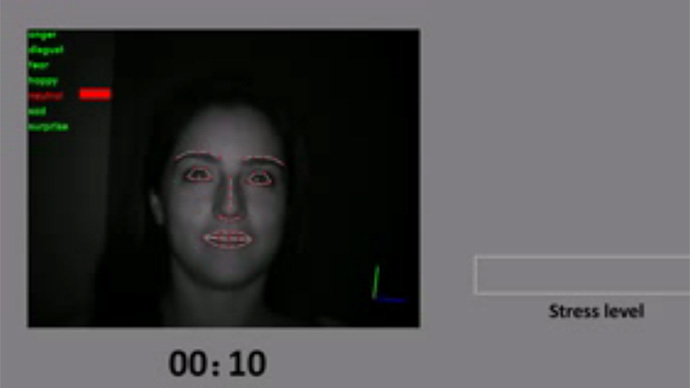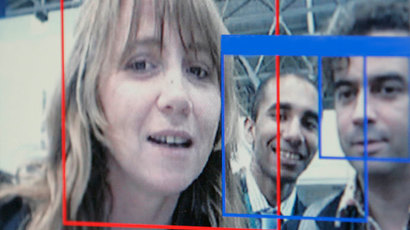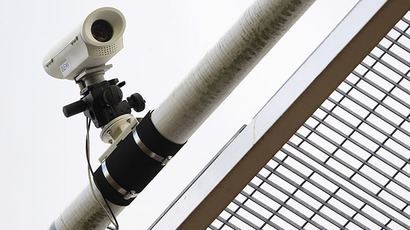Facial scanner aims to recognize drivers’ anger in attempt to stop road rage

Swiss scientists have announced that they have devised a new dashboard emotion detector that is able to search a driver’s face for signs of emotion, aiming to predict and prevent a road rage incident before it happens.
Researchers at École Polytechnique Fédérale de Lausanne (EPFL) in Lausanne, Switzerland said they hope to improve safety on the roads by releasing the system – which purports to identify fear, anger, joy, sadness, disgust, surprise, or suspicion – to the public.
“We know that in addition to fatigue, the emotional state of the driver is a risk factor,” they said, as quoted by Sarah Griffiths of the Daily Mail. “Irritation, in particular, can make drivers more aggressive and less attentive.”
One of the most challenging aspects of the project was installing a new piece of equipment in the already-crowded dashboard without presenting an entirely new risk to the driver. They were able to place and infrared camera behind the steering wheel, making it possible for a small computer to analyze how an individual contorts his or her face, and then compare that expression to what the device already “knows” about different emotions.
Test research is being conducted at the EPFL’s Signal Processing 5 Laboratory in France and in collaboration with PSA Peugeot Citroën a multinational auto maker that provided a test car for the study.
Lead researchers Hua Gao and Anil Yüce determined that the system, which is still very much in the embryonic stage, should first learn to recognize anger and disgust, the emotions that trigger reactions most likely to result in road rage.
There is still work to be done on the system. The facial recognition program can be easily confused if the driver expresses himself in a way that does not align with the instructions the computer has previously been given.
The French researchers told reporters they also plan to give the technology the ability to read lips and that the system could hypothetically be programmed to recognize all of the aforementioned emotions.
What would happen next – if the car would slow itself down, stop, or issue a message to the driver, among other possibilities – is not yet clear.
While this idea is perhaps the most extreme, and likely to inspire conversations about exactly how much should rely on machines, automakers have been incorporating devices that promise to make transportation easier for years. Someone planning on driving a new car off the lot should expect that vehicle to have self-braking technology and, in a growing number of cases, self-parking.
Volvo recently announced it is trying to find out if magnets are the secret to self-driving cars. The car company has constructed a 100-meter long track equipped with a series of magnets and unleashed a prototype vehicle, itself equipped with magnets, that successfully made its way around the course.
“The magnets create an invisible ‘railway’ that literally paves the way for a positioning inaccuracy of less than one decimeter (roughly 4 inches). We have tested the technology at a variety of speeds and the results so far are promising,” said Jonas Ekmark, a preventative safety leader with Volvo, as quoted by Nick Kurczewski of the New York Daily News.
“Our experience so far is that ferrite magnets are an efficient, reliable and relatively cheap solution, both when it comes to the infrastructure and on-board sensor technology. The next step is to conduct tests in real-life traffic.”














